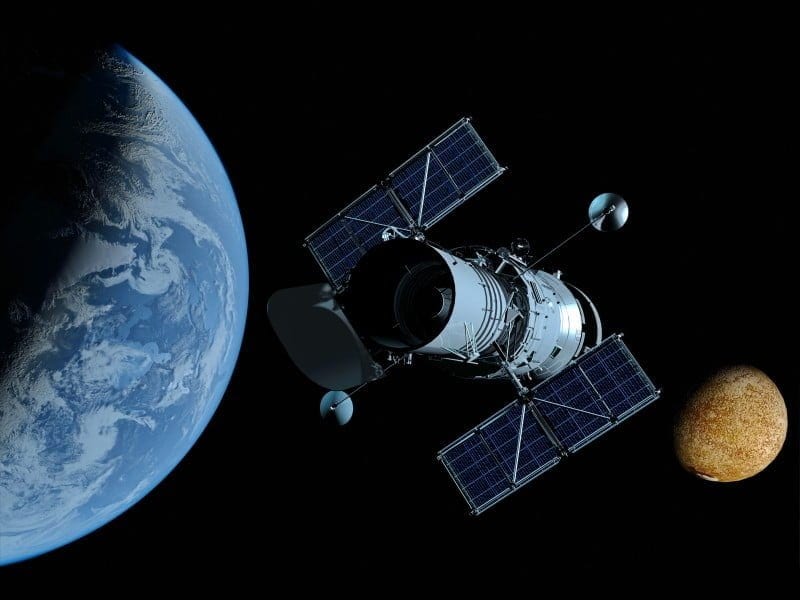A ‘slight’ problem
It’s been close to 10 years since the New Horizons satellite was launched to take on the mission to discover Pluto up close. It took 10 years to cover six billion kilometers and to reach Pluto to finally start measuring. However, there was a slight problem with the software: the satellite shut itself down. Very unfortunate for something that cost more than $500 million.
Table of Contents
ToggleThe funny thing about space travel is that once such a device is up in the air, you can’t easily reach it to fix it. That’s why it’s only natural to test everything thirty thousand times, by different teams, and to use it in practice three times – at least. It’s why satellites and rockets are so expensive.
Ten years ago the software world resembled space travel in a certain sense. Launching a new version was quite an undertaking: trucks loaded with floppy disks were ordered and filled, manuals were printed and everything was sent by mail. And once it left the building, it was hard to make any changes. That’s why major testing was introduced in the software world.
A vicious circle
Testing takes a lot of effort; so new versions aren’t released as often. This also leads to larger changes in each release, increasing the risk. As a result, testing needs to improve, which again leads to longer testing periods. And the vicious circle is complete.
But that was then. Software hasn’t been delivered on floppy disks for years. We’re used to simply downloading the latest version.
A release isn’t a long trajectory, but one press on a button. We still need a lot of technicians on location to perform maintenance (like installing the update) to keep up-to-date. This isn’t even necessary when the software is offered via SaaS. The advantage of SaaS environments is that installing updates is largely automated. And the technicians are (literally) around the corner to keep an eye on everything.
Small and frequent adjustments
Taking a look under the hood has become very easy for specialists on the SaaS platform. If you have experts ready to quickly resolve errors, it’s smarter to perform small adjustments more frequently instead of a large change over a longer period. Chances are slimmer that a small change will cause something to break than if you perform one large change.
Also, a small change lets you signal and fix any issues more quickly. This idea is called “continuous delivery.” Thanks to SaaS and continuous delivery, updating software is certainly no longer rocket science. Users don’t have to wait a year for an update, but have continued access to the latest technology.
They don’t have to spend time on technical maintenance, but can focus on their core tasks. Like helping people. Or discovering Pluto.






